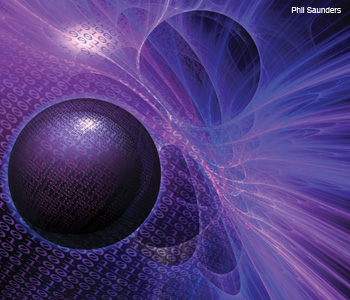Feature
Spontaneous Parametric Processes in Modern Optics
Spontaneous parametric processes have proved to be integral to the advancement of quantum information science. Their incredible versatility, in terms of the emission properties of entangled photons, allows for nearly unimaginable applications in the transmission and processing of quantum information.

Spontaneous parametric processes can be used to generate entangled photon pairs. Quantum entanglement describes a physical system containing two or more subsystems that cannot be characterized solely by its individual components. Two entangled particles remain inextricably linked to each other, even if separated by an arbitrarily large distance. The possibility of such “spooky action at a distance” has provoked intense debate ever since Einstein, Podolsky and Rosen published a paper in 1935 showing that the predictions of quantum mechanics are at odds with both classical physics and with some of our most basic notions of everyday life. This debate has grown into an active and fascinating field of contemporary physics.
…Log in or become a member to view the full text of this article.
This article may be available for purchase via the search at Optica Publishing Group.
Optica Members get the full text of Optics & Photonics News, plus a variety of other member benefits.
